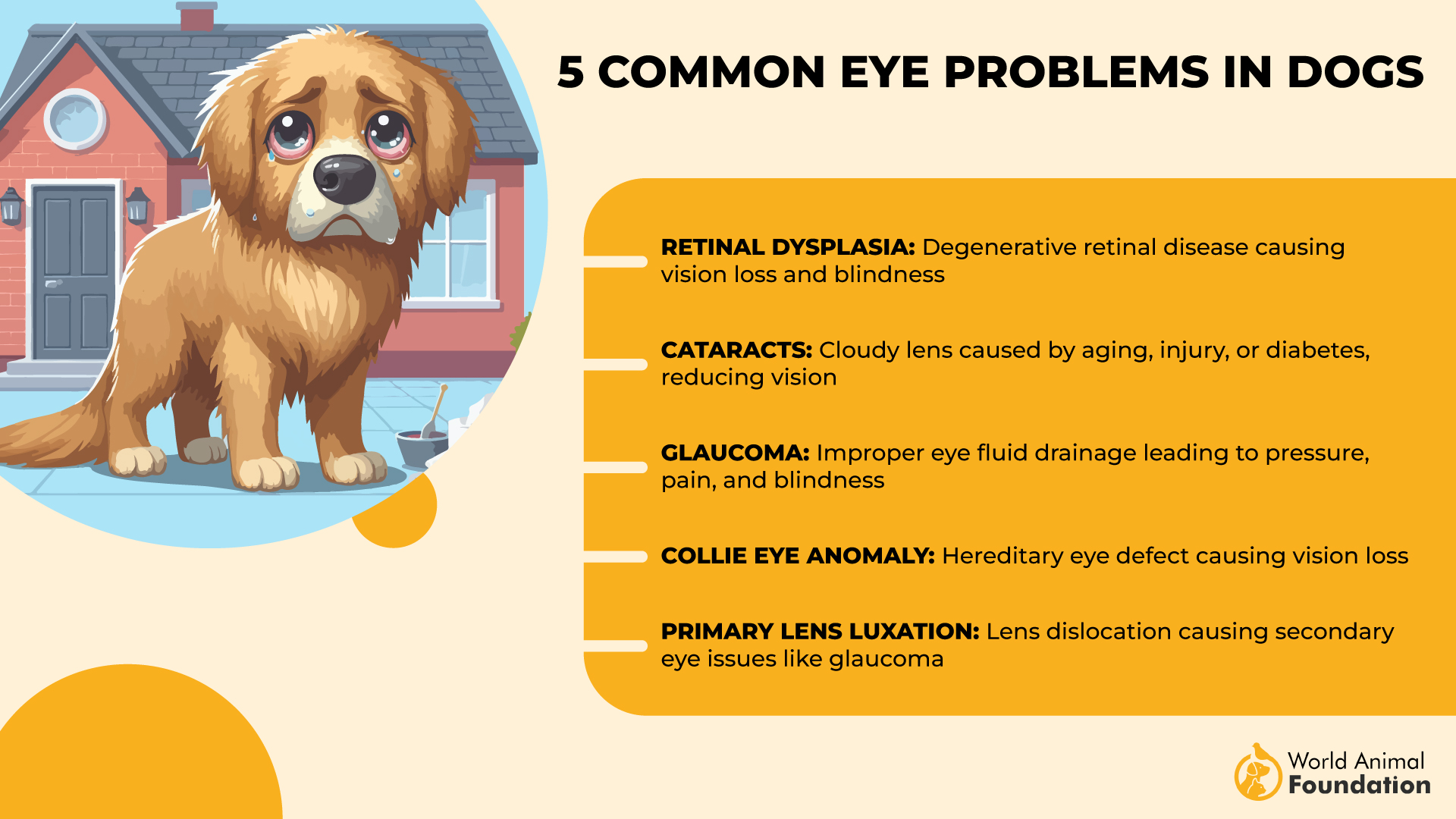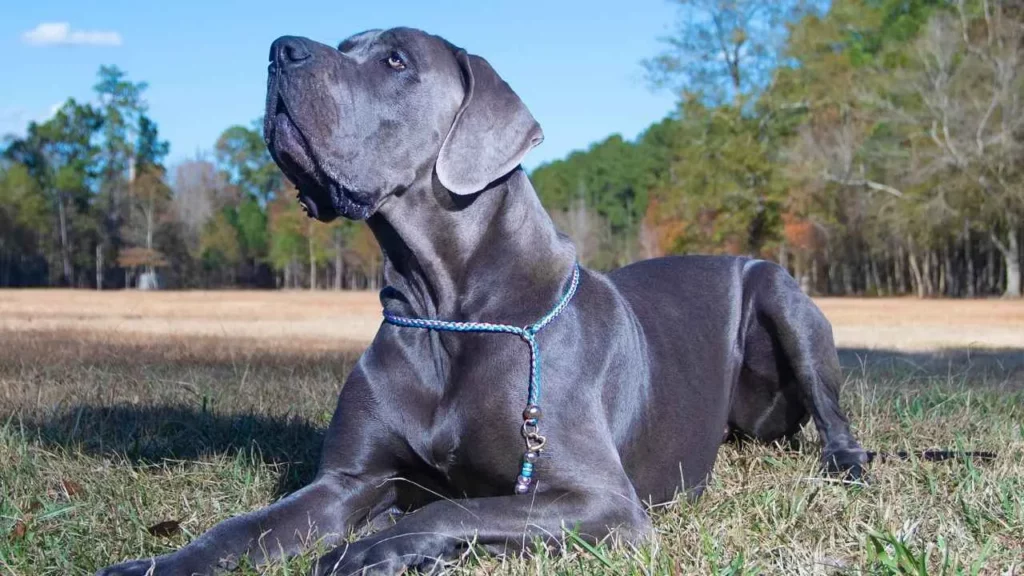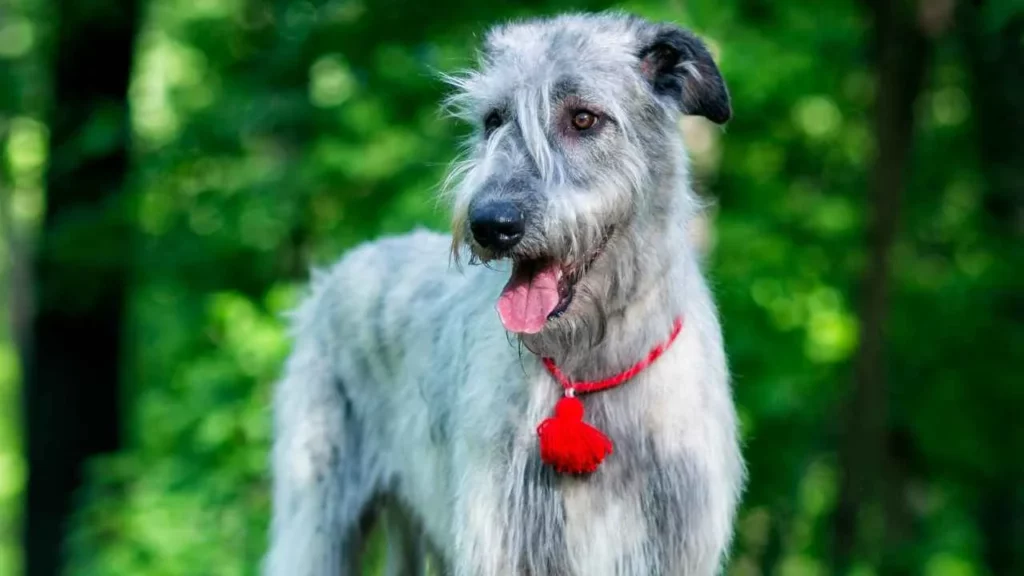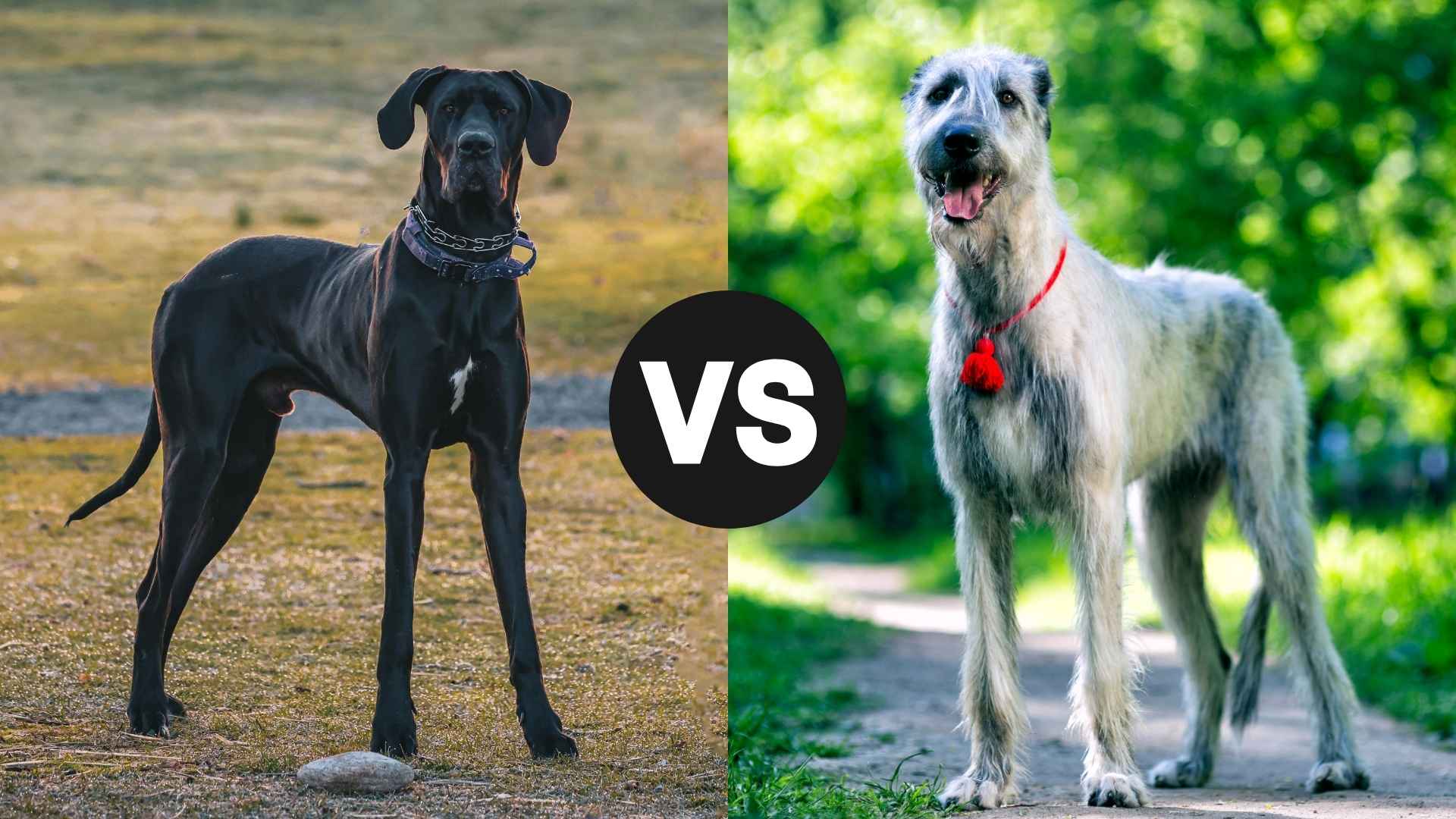Thinking about adding a giant dog to your family? Two breeds often come to mind: the Great Dane and the Irish Wolfhound. Both are large, both are affectionate, and both have a long history as loyal companions.
But they’re not the same. One is sleek and elegant, the other rugged and majestic. One tends to be a little more playful, while the other carries a quiet, dignified presence.
Choosing between them isn’t just about size, it’s about personality, lifestyle, and what you want in a four-legged friend. Do you need a laid-back cuddle buddy or a reserved yet affectionate guardian?
Let’s take a closer look at these gentle giants so you can figure out which one is the best fit for you.
Great Dane vs. Irish Wolfhound
Great Dane vs. Irish Wolfhound: Temperament and Personality
When it comes to temperament, Great Danes are often dubbed “gentle giants.” They are friendly, affectionate, and good with small children, making them excellent family companions. Their sociable nature means they thrive on human interaction and can become quite attached to their families.
In contrast, Irish Wolfhounds are known for their calm demeanor and gentle disposition. Despite their formidable size, they are sensitive and easygoing, often described as noble and dignified. They are generally good with children and other dogs, especially when raised together.
A key difference between the two breeds lies in their historical roles. According to Purina, Great Danes were originally bred to hunt boar, which has influenced their protective instincts. While they are loving, they can be alert watchdogs when necessary.
Irish Wolfhounds, as their name suggests, were bred for hunting wolves. This history contributes to their high prey drive, so they may be inclined to chase smaller animals. However, their gentle nature makes them less suitable as guard dogs.
Both breeds are intelligent and respond well to positive reinforcement training. Early socialization is crucial to ensure they develop into well-adjusted adults. Given their size and strength, consistent training is essential to manage their behavior effectively.
So, Great Danes are affectionate and protective, making them excellent family guardians. Irish Wolfhounds are gentle and dignified, with a calmness that endears them to many. Understanding these key differences can help you choose the breed that best fits your lifestyle.
Great Dane vs. Irish Wolfhound: Health and Well-Being
Great Danes are prone to heart disease, particularly dilated cardiomyopathy, which affects the heart muscle. Similarly, Irish Wolfhounds can also suffer from heart conditions, including cardiomyopathy.
Both breeds are susceptible to hip dysplasia, a genetic disorder where the hip joint doesn’t form correctly, leading to arthritis. Additionally, bone cancer, specifically osteosarcoma, is more prevalent in Irish Wolfhounds as mentioned by Orvis.
Progressive retinal atrophy, a degenerative eye disorder, can occur in both breeds, potentially leading to blindness. Regular eye examinations are crucial for early detection.

Exercise needs vary between breeds. Great Danes require regular, moderate exercise to maintain a healthy weight without overexertion. Irish Wolfhounds also benefit from daily walks but should avoid high-impact activities during their growth phases to protect their joints.
Great Danes with their short coats have minimal grooming needs, typically weekly brushing. Irish Wolfhounds possess a wiry coat that benefits from weekly brushing and occasional hand-stripping to remove dead hair.

While both breeds share some health problems, such as hip dysplasia and heart disease, key differences include a higher incidence of bone cancer in Irish Wolfhounds and varying grooming needs. Regular veterinary check-ups and tailored care routines are vital to keeping these breeds healthy.
Great Dane vs. Irish Wolfhound: Coat Type and Texture
When comparing the coat types and textures of Great Danes and Irish Wolfhounds, both breeds, known for their large stature, exhibit distinct characteristics.
Great Danes possess short, smooth coats that lie close to their bodies, giving them a sleek appearance. Their coats come in various colors, including fawn, brindle, black, blue, harlequin, and mantle. The fawn color is a yellow-gold shade with a black mask, while brindle features a fawn base with black striping.

Irish Wolfhounds, on the other hand, have rough, wiry coats that are harsh to the touch. This texture provides protection from harsh weather conditions. The Kennel Club stated that their coat colors include gray, brindle, red, black, pure white, fawn, and wheaten.
Both the Irish Wolfhound and Great Dane are big dogs, but their coat types serve different purposes. The Great Dane’s smooth coat offers minimal protection, whereas the Irish Wolfhound’s wiry short coat provides insulation and protection from rough terrain.
Irish Wolfhound vs. Great Dane: Life Expectancy and Longevity
When considering the life expectancy of Great Danes and Irish Wolfhounds, it’s important to recognize that both breeds have relatively short lifespans compared to smaller dogs.
Great Danes typically live between 6 to 8 years, with some reaching up to 10 years. Irish Wolfhounds have a similar lifespan, averaging around 7 to 9 years.

The large size of both breeds contributes to their shorter lifespans, as larger dogs generally age faster than smaller ones. Regular exercise is essential for maintaining their health, but it should be appropriate for their size and age to prevent undue stress on their joints.
Common issues such as heart problems and bloat are common in these breeds, impacting their longevity. Providing a balanced diet tailored to their nutritional needs can help mitigate some health risks.
Male dogs of these breeds may have slightly different lifespans compared to females, but individual health and genetics play significant roles. Early training and socialization enhance their trainability, leading to well-adjusted pets.
Due to their large size, both breeds require ample living space to move comfortably. Prospective owners should ensure their homes and yards are suited to accommodate these large dog breeds.
Conclusion
Deciding between an Irish Wolfhound vs Great Dane comes down to your lifestyle, home setup, and what you want in a companion. While both are impressive in size, their personalities and care needs have quite a few things that set them apart.
Great Danes are affectionate and thrive on companionship, while Irish Wolfhounds tend to have an independent streak that makes them a bit more reserved. Training and socialization are key, especially when introducing them to other pets in the household.
These giant breeds require a home with plenty of space, preferably with a securely fenced area where they can move around safely. They are not ideal for small apartments or homes without access to an outdoor space.
Families with older children will appreciate the affectionate nature of these dogs, though supervision is important due to their large size. Their interactions with smaller pets like cats depend on their upbringing and social experiences.
Owning one of these breeds is a commitment that extends beyond daily care—it’s about ensuring they have the right environment and attention to live their best life. Both breeds require time, effort, and resources, but they also bring immense joy to their owners.
Still unsure which breed fits your world best? Take the next step by researching breeders and adoption options and talking to owners—your perfect companion is waiting.


